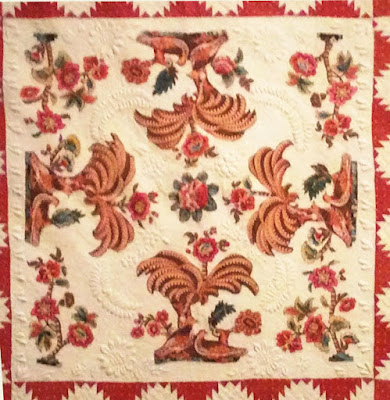Our stitch group the City Sewers decorated a tree for the annual
Lawrence Festival of Trees charity sale.
It's a benefit for the local Children's Shelter.
Getting a heavily decorated 7-foot tree downtown is a project.
We took the top off.
And successfully put it back on.
The theme is the Nutcracker so he's the topper.
Linda Frost made many ballerinas.
Karla Menaugh made mice kings.
Some groups decorate their tree when they get to the hall.
We shudder at the thought,
although Ray and Ron might tell us it'd be easier to transport.
MEA Bernina has the spot next door.
They are including a machine with their tree.
Nice skirt!
Karla replacing a lost ballerina.
We only broke one ornament getting it in.
Linda made the skirt from Nutcracker fabric and the
largest fringe she could find.
We think ours is the BEST tree there.
Although there are some interesting trees. This
one is flat with stripes of natural items glued on.
Buttons attached to an obelisk lit from within.
Paper & ribbon
Mountain Dew cans.
Nah! Ours is the best.
Come and bid on it tomorrow night Wednesday, November 29th. 7:00.























































